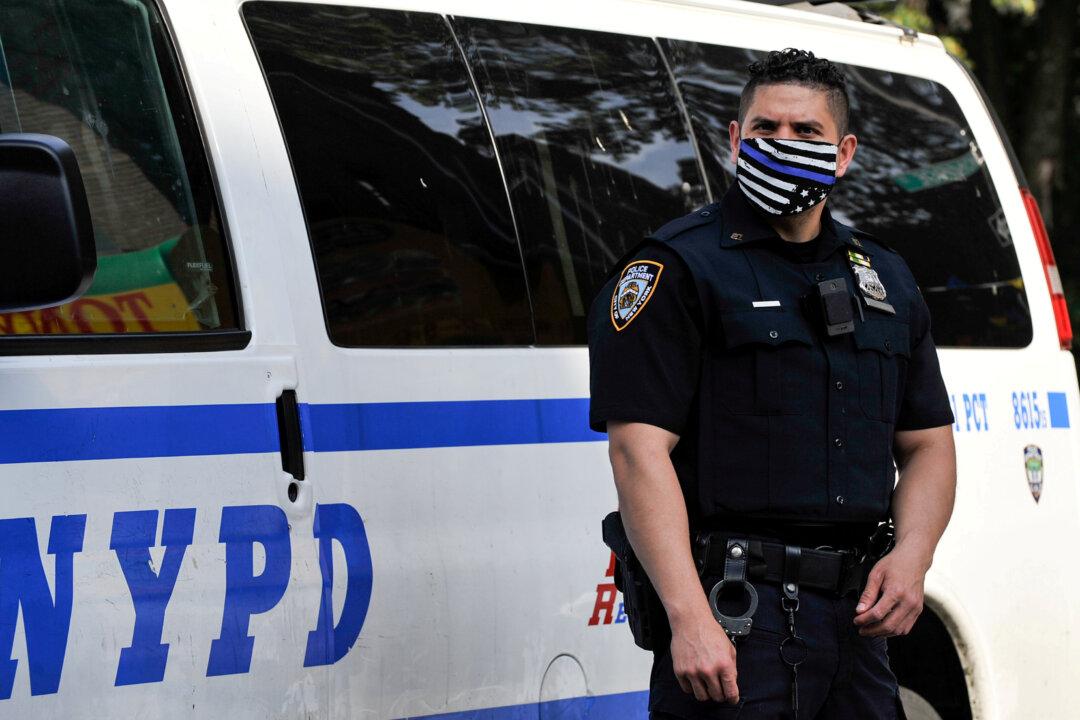While New York City grabbed headlines by cutting its police budget by $1 billion, that’s not what the actual city budget says, according to the Citizens Budget Commission (CBC), the city’s fiscal watchdog.
“City funding for the NYPD is projected to decline by $282 million from $10.5 billion to $10.2 billion between fiscal years 2020 and 2021,” the nonprofit said in an Aug. 13 release.





